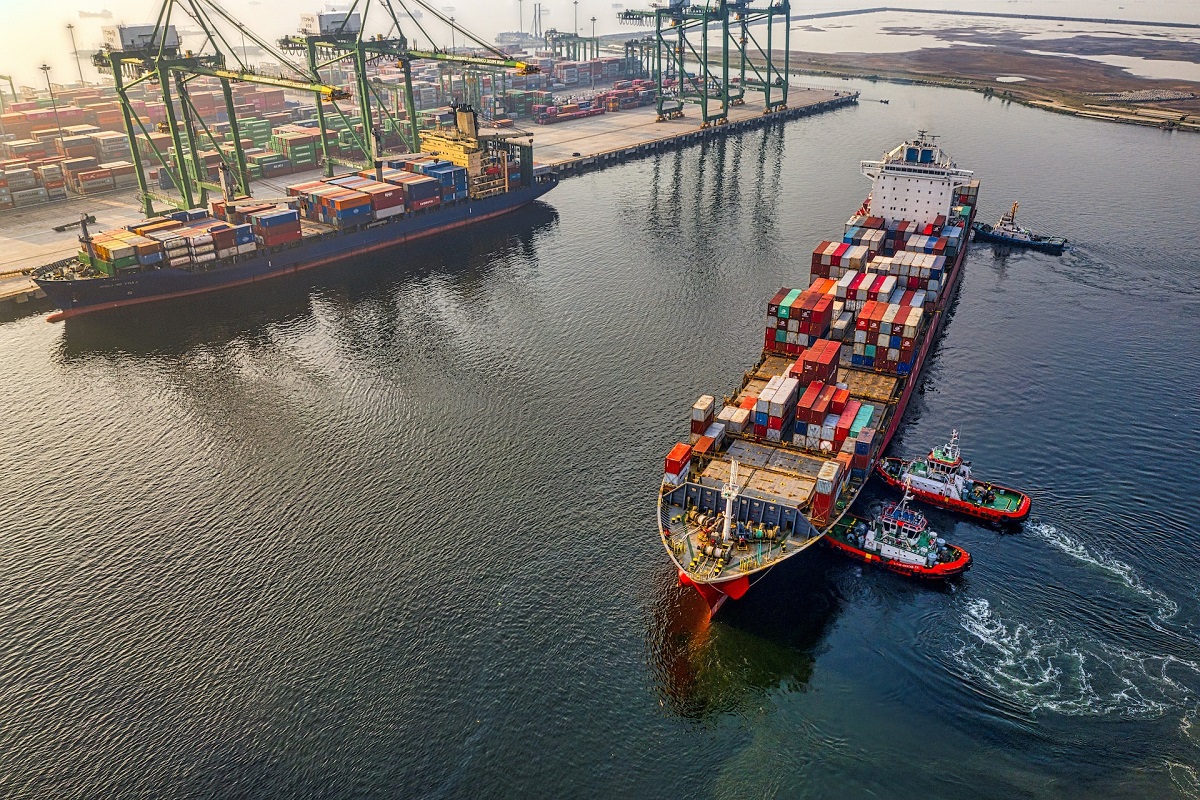
Climate risk is reshaping US migration patterns, but change is slow
___
Published Date 10/7/2024
Why do people do it? Why do they either stay in or move back to parts of the country where natural disasters are known to strike repeatedly and only get worse, whether it’s the tempestuous coastal South, the tornado-prone flatlands of the Midwest, or the arid mountains of California?
Governing.com recently published Mark Gongloff’s take on this from Bloomberg Opinion, saying how in some ways it began four years ago, when the rise of remote work created a new version of the American dream: No longer forced to live close to the office, millions of people realized they could pull up stakes from New Jersey or wherever and move to sunnier, cheaper places.
“Unfortunately, many who made the trip found a nightmare waiting when they arrived: climate change and its accompanying threat of home-destroying natural disasters,” says Gongloff. “ The good news is that destruction and soaring insurance costs might finally be forcing Americans to take climate into account when deciding where to live. The bad news is that, on the whole, they’re still making risky choices — often leaping from figurative frying pans into literal fires.”
Recent data from real estate company Redfin suggests a subtle shift in Americans' migration patterns, with fewer people moving to areas prone to natural disasters. In 2023, only 16,144 people net moved into high flood-risk counties, a significant drop from the 383,656 who relocated to such areas in 2021 and 2022. Similarly, migration to high wildfire-risk counties decreased to 63,365 in 2023, down from 446,343 in the previous two years.
Some disaster-prone regions, including California's wildfire zones, Houston, coastal Louisiana, and Miami, are seeing population declines. However, the picture is complex, as factors like living costs also influence migration decisions. For instance, areas around Houston with similar flood risks are still attracting new residents.
Florida remains an exception to this trend. Despite increasing insurance costs and disaster risks, the state's high-flood-risk counties saw a net influx of 68,564 people in 2023, accounting for over half of the country's total migration into flood zones.
Redfin's Daryl Fairweather notes that while homebuyers express concern about climate risks, other factors like affordability, warm winters, family proximity, and amenities often take precedence in their decision-making.
The case of Fort Myers, Florida, illustrates this complexity. Despite the devastation caused by Hurricane Ian in 2022, Lee County (home to Fort Myers) attracted 8,374 new residents in 2023. The area faced flooding again from Tropical Storm Debby, highlighting that even less severe weather events can cause significant damage in vulnerable regions.
Texas presents another interesting case. The state attracted 30,156 people to its wildfire-prone counties in 2023, many fleeing California's wildfires and high costs. However, Texas itself experienced nearly as many wildfires and saw a 23% increase in homeowner insurance premiums last year – the highest in the country.
These trends underscore a critical issue: the continued movement of people and infrastructure into high-risk areas contributes to the increasing frequency of billion-dollar disasters. Yes. If a tree falls in the woods and no one is around, it still makes a sound. Addressing this challenge will require policymakers to balance risk-reflective pricing with assistance for vulnerable homeowners, while also improving consumer awareness about climate risks and insurance costs.
The stakes are high, with estimates suggesting that between 17 million and 39 million homes in the US are underinsured for flood and fire risk, potentially representing over $1 trillion in property value at risk. While addressing these issues may be economically challenging, ignoring them could lead to far more severe consequences in the long run.
Governing, Bloomberg, TBWS
All information furnished has been forwarded to you and is provided by thetbwsgroup only for informational purposes. Forecasting shall be considered as events which may be expected but not guaranteed. Neither the forwarding party and/or company nor thetbwsgroup assume any responsibility to any person who relies on information or forecasting contained in this report and disclaims all liability in respect to decisions or actions, or lack thereof based on any or all of the contents of this report.
Millenium Home Mortgage, LLC NMLS # 51519 Licensed by the NJ Department of Banking and Insurance, CT Mortgage Banker 1st and 2nd Mortgages Licensed as MHM Home Mortgage, Licensed by the Pennsylvania Department of Banking. All interest rates, fees and programs are subject to change without notice. THIS ENTIRE SITE IS NOT INTENDED AS A SOLICITATION FOR MORTGAGE LOAN CUSTOMERS IN NEW YORK, PENNSYLVANIA, OR CONNECTICUT.


Joseph Galayda
Licensed NJ Mortgage Banker
NMLS: 65345
Millenium Home Mortgage LLC
211 North Ave East, Westfield NJ
Company NMLS: 65378
Office: 908-588-7601
Cell: 908-875-7918
Email: jgalayda@mhmlender.com

Joseph Galayda
___
Licensed NJ Mortgage Banker
NMLS: 65345
Cell: 908-875-7918
Last articles
___

Producer prices increased in October
11/14/2024
The October headline Producer Price Index (PPI) Matched expectations with...... view more

Creating a haven your holiday visitors won't want to leave
11/13/2024
It’s no secret. Your home’s guest room may get used for a lot of things that hav... view more

The chicken or the egg? Buy or build?
11/8/2024
The decision to buy or build a home has become increasingly complex in today's m... view more

The bond market is calmer after several days of high volatility
11/8/2024
Yesterday Powell and the Fed lowered the FF rate by 25 bps as was widely anticip... view more

The Bank of England cut their key rate as was expected
11/7/2024
The Bank of England cut their interest rate by...... view more

When Your Neighbor's Mess Becomes Your Problem
11/6/2024
Curb appeal plays a crucial role when selling a home, with messy neighbors poten... view more

Housing Market Shift: Listings Soar to Pre-Pandemic Levels
11/4/2024
Even if home prices have not fallen, it might be good to know that you’ve got mo... view more

Three things that could impact rates this week
11/4/2024
These are the three areas that have the greatest ability to impact rates this we... view more

Doctor's kitchen warning soaks up controversy
11/1/2024
A medical professional's viral warning about a common kitchen item has sparked h... view more

The October Jobs report was lower than expected
11/1/2024
Markets waited all week for October employment data; it hit at 8:30 am ET...... view more
Load more
 Millenium Home Mortgage LLC
Millenium Home Mortgage LLC






























